Interview with Shane Lavalette, The New Director of Light Work
Shane Lavalette is an American photographer who currently lives in Upstate New York. He is the founding publisher and editor of the independent publisher Lay Flat, and is the new director of Light Work, an influential non-profit photo organization.
![]()
PetaPixel: First, please tell us a bit about yourself and your background in photography.
Shane Lavalette: I’ve been interested in photography since I was a child but I got serious about it as art as a teenager, starting in the black and white darkroom.
While in college, I developed my own process of working professionally in photography, which included starting an independent publishing house, Lay Flat. I’ve continued to spend time on my personal work, exhibitions and publications, as well as my efforts to support the work of other artists.
PP: In addition to being the Publisher/Editor of Lay Flat, you’ve just been announced as the new Director of Light Work, a non-profit organization in Syracuse, New York. Tell us about the history of Light Work. What is its mission?
SL: Light Work is a non-profit organization that offers direct support to artists working in photography and digital imaging, through residencies, publications, exhibitions, and our lab facility.
Most are familiar with Light Work through our international residency and regional grants programs, as subscribers to our publication Contact Sheet, one of the longest-running photography magazines, or as members of the Community Darkrooms facility here in Syracuse.
This year Light Work celebrates its 40th anniversary, which is an exciting milestone.
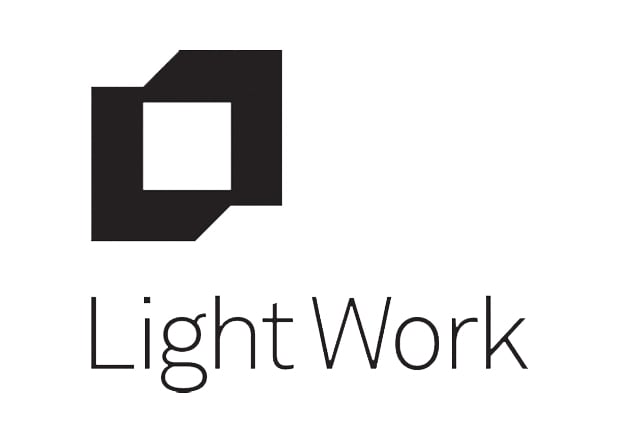
SL: Yes, I did a residency at Light Work in the summer of 2011. It was around this time that there was a position open, and a few colleagues in the area encouraged me to apply.
The role involves contributing to all of the organizations programs, including the residency, publications, and exhibitions. These were all things I was interested in, or even already engaged in for other photo-related projects; it was a great fit to apply that energy to Light Work, and I was happy to be offered the position.
Having done a residency myself has been helpful for many reasons as a director of the organization, but most certainly for understanding the needs of the current and future artists and doing my best to oversee the program so that those needs are met.
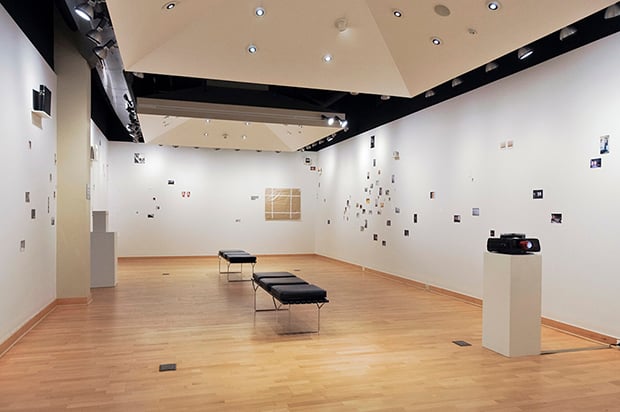
PP: Light Work has a rich history of supporting emerging photographers. What are some of the programs it offers?
SL: As mentioned, one of our main programs is the residency. We invite about 12 artists per year to come to Syracuse for one month, give them each a $4,000 stipend, an apartment to stay in, 24/7 access to our lab facility, along with generous staff support. It’s quite a recipe for productivity!
As a compliment to the residency program, our annual Grants in Photography program offers $2,000 to three different local artists residing in Central New York, as selected by an outside jury. The program exemplifies the quality of work going on in the local community.
We do four exhibitions a year in our main gallery. These do often arise out of our relationship with past artists-in-residence, or through artists we meet at portfolio review events, for example. Each exhibition is accompanied by an issue of Contact Sheet, featuring an expanded selection of work by that artist.
Every summer we publish the Light Work Annual, which serves as a look back over the past year of residencies, grants, and programming, highlighting work by of all these artists.
Community Darkrooms is a public-access facility that is available to anyone who wants to come in to work on projects, including those new to photography, area students, as well as professionals. We also offer a variety of digital services which can be utilized by artists — printing for exhibitions, high-resolution scanning, pre-press for publications, and just about anything one might need.
Situated in Syracuse, NY, the rates are hard to beat and every order gets special attention from our master printer John Mannion and current digital technicians Andrew Frost and James Suits.
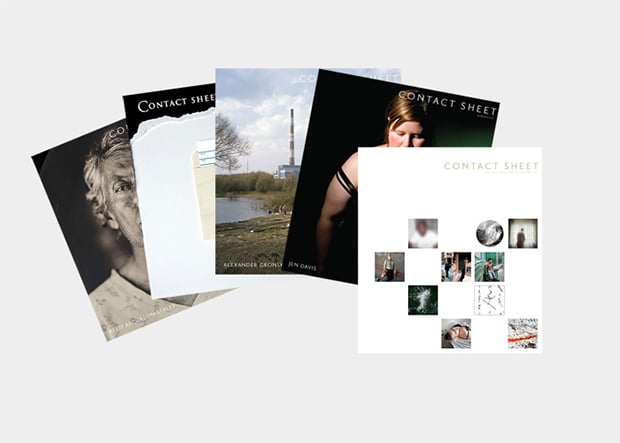
PP: What do you look for in considering artists for the residency program? What is your advice for those who apply?
SL: It’s striking to see a strong portfolio of photographic work, but a clear and concise letter of intent really helps an application. It’s one way to see that the artist understands their practice, their needs, and why the residency is important to them and their career at the time. So, my advice: keep it simple and honest.

PP: Light Work also conducts a Fine Print Program, which offers prints from photographic masters such as William Wegman, Duane Michals, and Carrie Mae Weems, among others. What is the goal of this program?
SL: Light Work’s Fine Print Program is just one of the ways that we support our programming. We sell subscriptions to Contact Sheet, but anyone that purchases a print in the program we consider a subscriber and they receive 5 issues of the publication.
We work with artists who are passionate about what we do and willing to donate their works so that they can be sold an at affordable price. As you mentioned, you can get a William Wegman, Duane Michals, or Carrie Mae Weems for $1000, and most of our prints start at only $300, including ones by Mark Steinmetz, Kelli Connell, Susan Worsham, Deana Lawson, Doug DuBois, Elijah Gowin, Andrea Modica, among others.
We recently started to offer framing so that prints can arrive framed at your door for only $150. Essentially it’s a way to support a good program, and get something back in return.
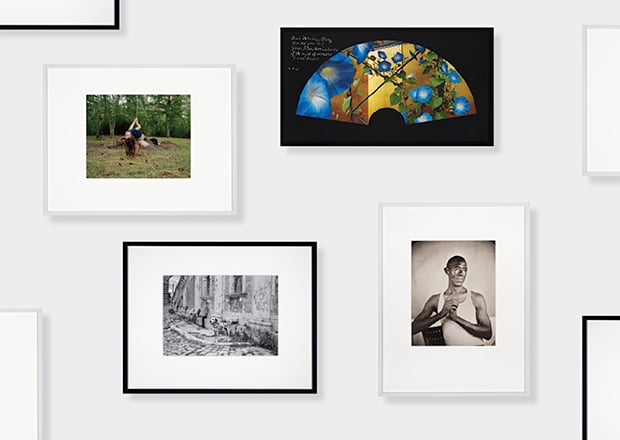
PP: How do you hope to shape the future of Light Work? What areas do you want to focus on developing?
SL: In conjunction with the 40th anniversary, we just launched a new website. The new site comes about with an interest in thinking of the web as another, equally important publication and showcasing work by our artists to the best of our ability.
The site is simple to navigate, and very much about experiencing the photographs. We are also redesigning Contact Sheet with similar ideas in mind, starting with and expanded Light Work Annual issue this summer.
As we look to the future, we continue to expand our definition of photography and are excited to support a diverse group of artists, working in equally diverse ways.
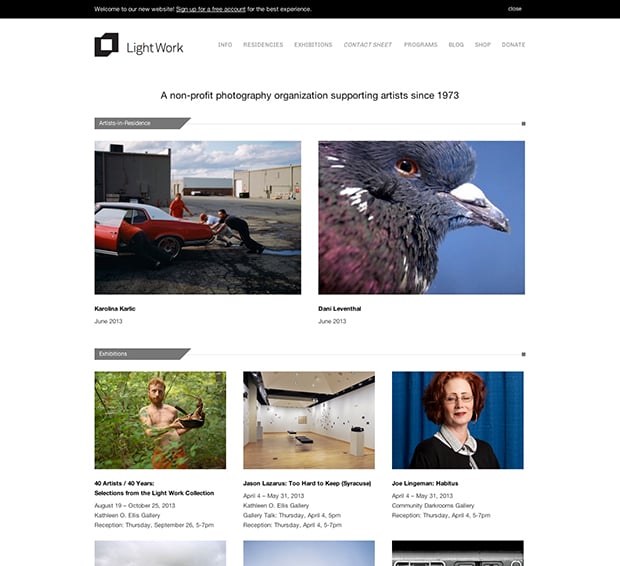
PP: Light Work is one of many non-profit organizations around the country. Some others include the Center for Photography in Woodstock, and Newspace Center for Photography in Portland, Oregon. Can you talk about the importance of organizations like this in regards to photographers and the photo world at large?
SL: I believe deeply in such organizations. For emerging and under-recognized artists, they provide a platform for exposure, consideration, and community. For many artists, they can help jump start a career, or give context to an important project that may not find a home in a commercial gallery or museum.
I was thinking recently… It’s amazing to witness the amount of work that happens each month for visiting artists, and consider the ripple effect of what that opportunity means for them. At Light Work, we are constantly striving to support artists as best as we can, both at local and international levels.
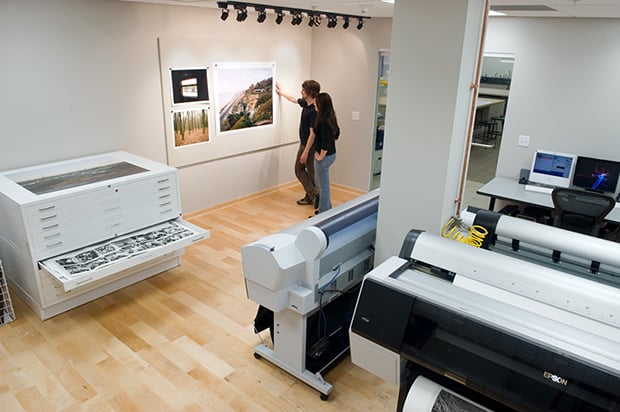
PP: You’re in a position to see some of the most cutting-edge photo work being made today, what trends do you see emerging in the conceptual and technical aspects of image-making?
SL: With regard to the residency program in particular, there has been an increase in artists looking to make books. Many artists seek to come to Syracuse to spend the month editing, and creating a mock-up for a publication, and even sometimes a small run of a self-published book.
In many cases artists already have a book deal lined up with a publisher and are just looking for the time, space, and facility to do all of the pre-press work. The growth in energy surrounding publishing and the empowerment of artists to take matters into their own hands has been exciting to watch.
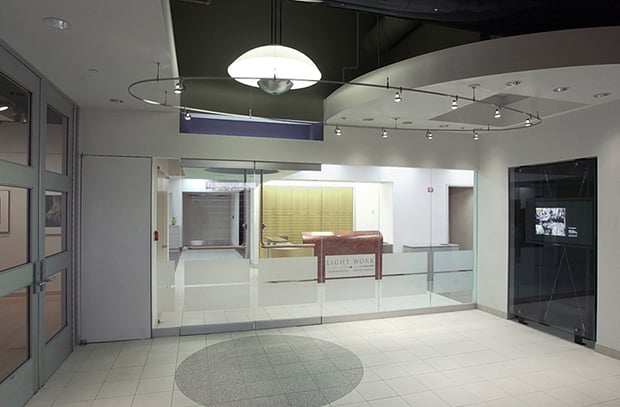
PP: You are a photo-professional who wears many hats. Talk a bit about the challenges of balancing your duties at Light Work, with Lay Flat, and your own photographic practice.
SL: It will always be a challenge to find a balance, but as I mentioned I equally enjoy supporting work by other artists as I do making my own. I just do my best to find time for it all…